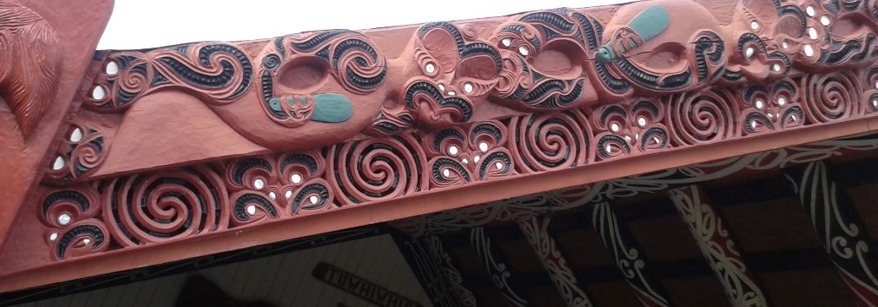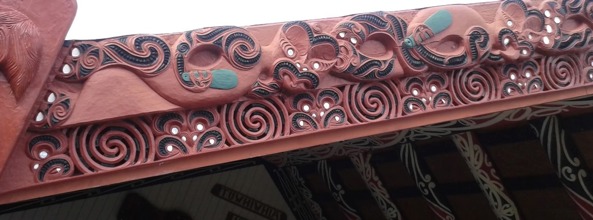Te Ara Poutama
Te Ara Poutama | The Pursuit of Excellence is the new community outcome introduced under the adoption of the current Long Term Plan 2024-2034. The pursuit of excellence inspires a commitment to innovation, excellence, and continuous improvement.
|
Whāinga 15 Ko te tautoko kia whai wāhi nui atu ai ngā iwi Māori ki ngā mahi whakatutuki whāinga, me te kōkiri hoki i ngā āheinga e hua ake ana i ngā mahi e haere ana. |
Goal 15 Supporting enhanced Māori participation in operational activities, and progressing new opportunities where they arise within existing operations. |
|
Whāinga 16 Te tautoko i te raukaha me te āheinga o te Māori me te hapori ki te whakamana i ngā hononga whaihua. |
Goal 16 Supporting Māori and community capacity and capability building to empower proactive relationships. |
|
Whāinga 17 Ko te whakaū i te ahunga tauriterite ki ngā oranga e whā, me te whakatutuki hoki i ngā putanga hapori. |
Goal 17 Ensuring an equitable approach to the four wellbeings and delivery of community outcomes. |
|
Whāinga 18 Ko te piri ki ngā iwi Māori hei whakawana i te whakatinanatanga, hei whakawhānui hoki i te mana whakatau ki ētahi. |
Goal 18 Partner with Māori to enhance delivery and share decision making. |
Te Ara Poutama (The Pursuit of Excellence) - Te Amorangi (Māori Strategy) and Te Pae Tawhiti (Māori capability and capacity building)
Council received a large number of submissions in support of Te Ara Poutama (Pursuit of Excellence) which is a new Community Outcome for the Long Term Plan 2024-2034. Through its deliberations, Council agreed the following changes to the draft Long Term Plan budget to support work to embed this outcome.
- Establish a new Māori Initiatives Fund with funding of $200,000 per annum for the first three years of the Long Term Plan. This fund will support initiatives that help to build partnerships via formal and informal agreements, enhance and sustainably grow Māori capacity and technical capability, and enable proactive working relationships with Council.
- Increase funding to support development and review of Iwi/Hapū Management Plans from $70,000 to $140,000 per annum. Through these plans tangata whenua interests can be considered and incorporated into Council operations and decision making processes. Council is legally required to take these plans into account, and they are regularly used to inform Council’s functions and operations.
- Establish a Regional Co-governance Support Fund and allocate funding of $200,000 per year for the first three years of the Long Term Plan. These funds will be used to support the functions and operations of co-governance/management fora, as a key statutory mechanisms used to recognise the relationship of tangata whenua with the natural environment.
Komiti Māori
Komiti Māori provides direction and guidance on council’s obligations to Māori. This includes the growth of authentic partnerships with tangata whenua, emerging issues, legal requirements, effective engagement, awareness and understanding.
Te Amorangi
Te Rōpū Kaitohutohu Māori: TE AMORANGI
Te Amorangi formally known as The Māori Policy team is part of the Bay of Plenty Regional Council's Strategic Engagement Group. This team consists of a Strategic Engagement Director, Kaihautu (Te Amorangi Lead), Pou Ngaio (Technical/Cultural), Strategic Engagement Coordinator, two Senior Treaty Advisors and three Māori Policy Advisors based in Whakatāne, Tauranga and Rotorua. Some of our work includes:
- Providing advice on Treaty claims and settlements.
- Supporting the Māori Committee and Councillors.
- Supporting the development of hapū and iwi management plans.
- Facilitating initiatives to building Māori capacity.
- Building staff awareness and understanding of the importance of cultural competency.
- Providing a conduit to improve or establish Council-Māori relationships.
- Supporting and building capacity in Resource Management Act legislation.
If you'd like to make contact with a staff member from Te Amorangi please contact: TeAmorangi@boprc.govt.nz


